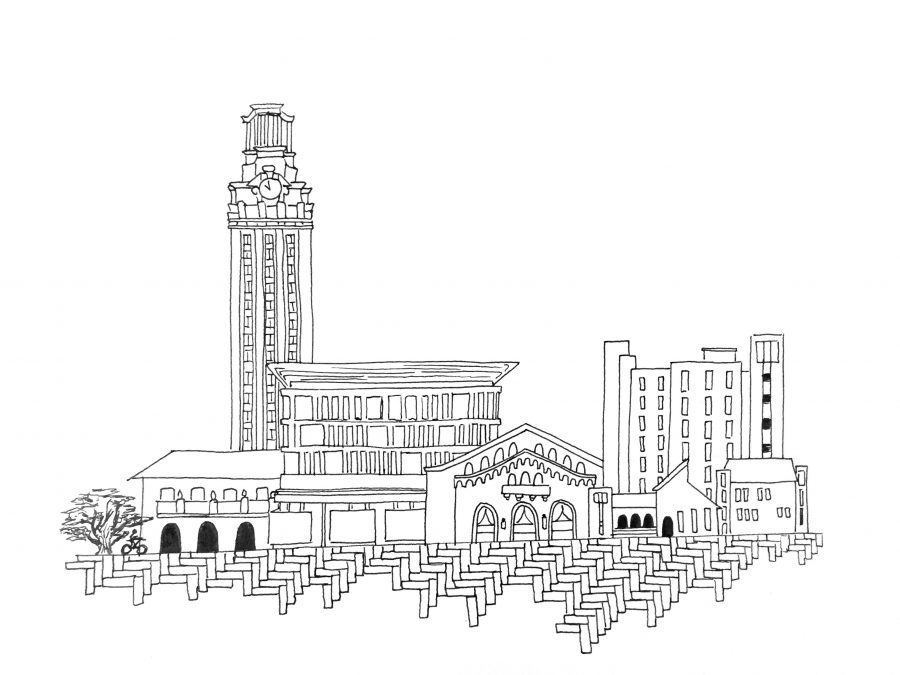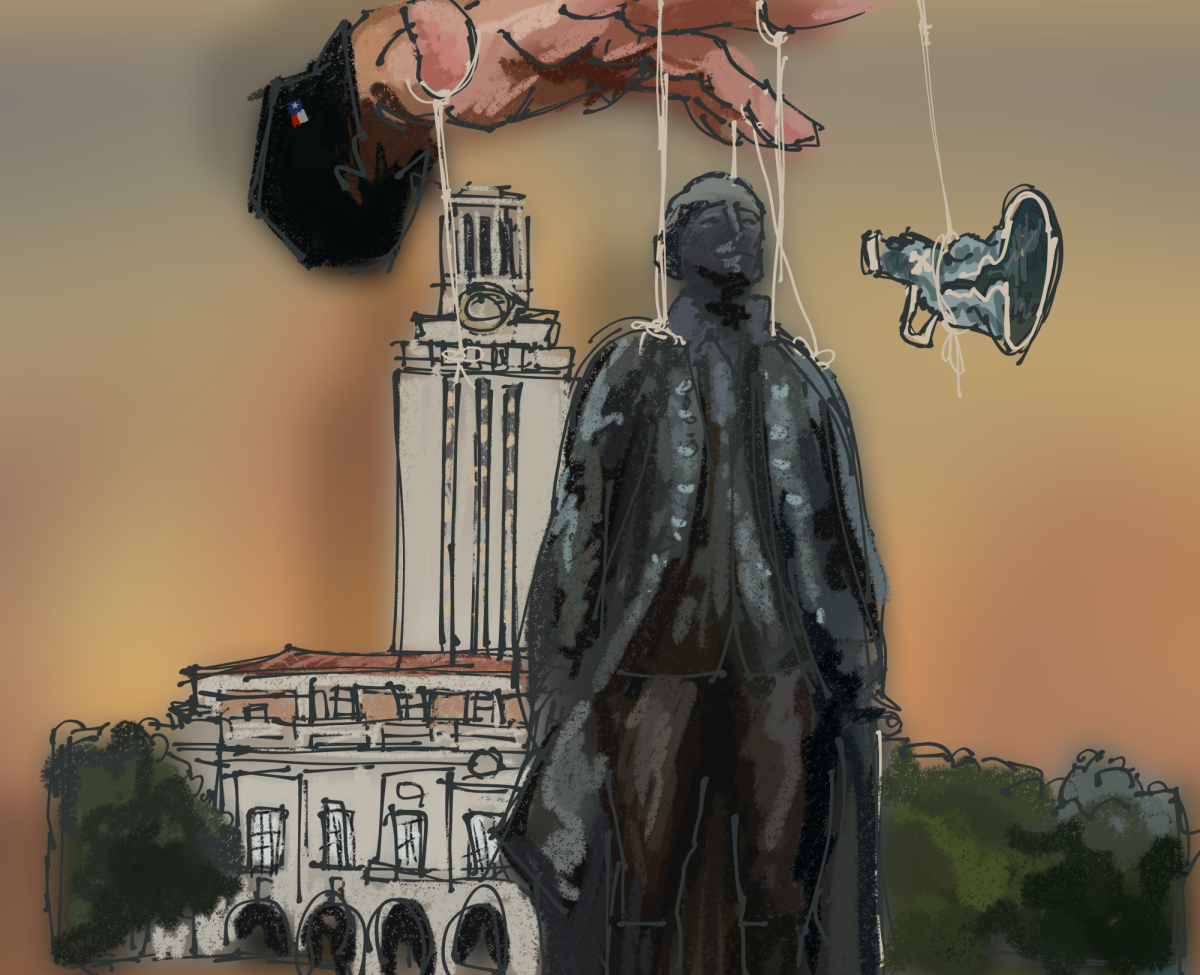You’re at a football game cheering your heart and lungs out as UT lands another touchdown when you feel the familiar thirst scratch at the back of your throat. You need water.
At this point, you can either wait in a long line to purchase a plastic water bottle or fill a small plastic cup at a watering station. Either way, students engage in environmentally unsustainable practices that expend time or money to acquire water.
To be more environmentally conscious and student-friendly, UT should expand its football stadium policies to allow empty refillable water bottles inside. While water bottles are available at games, they come at the prices of long lines and money. Students need water, and enacting a cost-effective and sustainable method would benefit countless game-goers.
“Less plastic would be wasted by bringing empty bottles, and there would be less foot traffic to buy water if there were refillable stations,” said Lauren Graham, a studio art freshman who has attended nearly every home game so far. “Games are expensive even with the big ticket; people are paying enough as it is.”
Alternatively, there are roughly 50 access points for free water throughout the stadium that each include a free nine-ounce cup, said John Bianco, the senior associate athletics director for communications at UT. However, the cups offered are small in volume, environmentally unsustainable and generally less convenient than a bottle.
Bianco said there are security reasons for why students cannot bring empty water bottles to the stadium.
“For fan safety purposes, we do not allow full or empty bottles into the stadium on game day,” Bianco said. “Allowing bottles into the stadium would create significant security challenges when it comes to scanning in 100,000 fans on game day.”
Although thousands of fans in a stadium make security a pertinent issue, other equally popular events, such as music festivals, have incorporated an empty water bottle policy as part of sustainability initiatives.
Austin City Limits music festival ended last weekend, and thousands of people took empty water bottles to Zilker Park. An estimated 450,000 people attend ACL annually, and festival organizers encourage people to bring empty water bottles to fill at water stations.
Other festivals such as Coachella, with 198,000 attendees, and Firefly, with 360,000 attendees, allow people to bring empty water bottles and fill them at water stations. While these festivals still sell water bottles, they reduce their environmental impact by encouraging more sustainable alternatives.
About 23 percent of plastic water bottles are actually recycled in the U.S., and because plastic so negatively affects our environment, UT Athletics should take a step toward greater sustainability on campus with refillable water options.
The benefits of allowing refillable water bottles are undeniable. Refillable water bottles offer an environmentally-conscious alternative that cuts down overall student expenses and promotes hydration during heated games. UT should emulate other large-scale events by expanding security to allow students to bring empty bottles and promote sustainable practices. It’s time to make football games a place of Texas spirit that also cares about student needs and the environment.
Mathavan is a business honors freshman from McAllen.





















